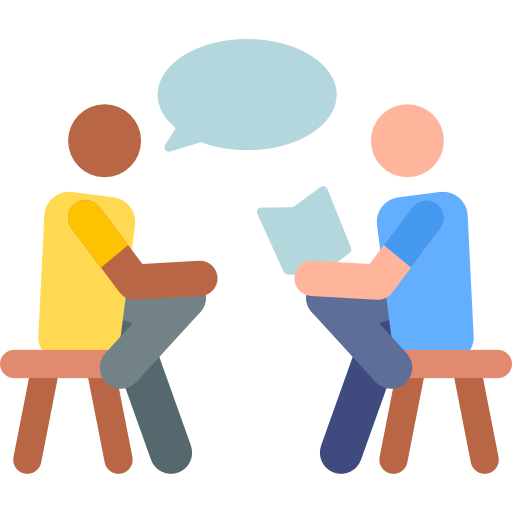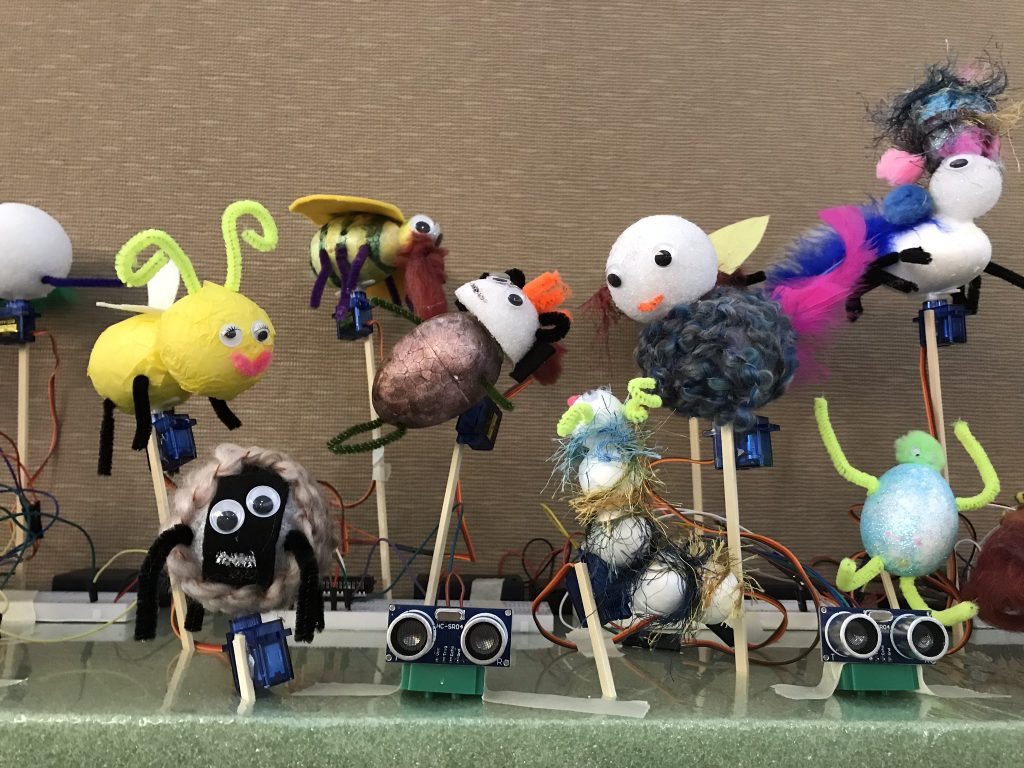In this post I would like to explore how data can be used to support key adult learning principals for professional development, including practical, problem-centered instruction and autonomy. This supports ISTE (2011) Coaching Standard 4b: Design, develop, and implement technology rich professional learning programs that model principles of adult learning and promote digital age best practices in teaching, learning, and assessment.
Continue reading “A Data-Driven Approach to Professional Development”Category: 6. Coaching: Content Knowledge and Professional Growth
Online Methods Support Effective Professional Development
Like many people, I had my doubts about online education prior to joining the Digital Education Leadership program at Seattle Pacific University. Would it be rigorous enough and personalized? Would others take the degree seriously once they knew it was an online program? I had taken a number of MOOCs (Massive Open Online Courses) and appreciated certain aspects, but didn’t want them to be the model for a graduate program.
Once you experience well-designed, smaller-scale online learning, however, you realize the value and potential – not just the convenience, but also the way it can promote deep learning and quality collaboration. In this module I would like to explore how online learning can be successfully applied to professional development by providing personalization, access to distant communities and experts, and the opportunity for long term learning and support.
Continue reading “Online Methods Support Effective Professional Development”Coaching a Peer

The Community Engagement project for our Educational Technology Leadership class this quarter consisted of coaching a teacher to help them improve a lesson by focusing on areas that promote 21st century skills including:
- Support for standards such as Common Core or ISTE
- Improving engagement
- Using a problem-based task
- Applying technology to accelerate learning
(Foltos, 2013)
Continue reading “Coaching a Peer”Protocols: Safe Havens for Discussion

Education protocols are guidelines for efficient, respectful and productive discussions about teaching practices. Though many different education protocols have been developed, all attempt to provide participants with a safe space for sharing and improving their own or others’ teaching and coaching practices.
Continue reading “Protocols: Safe Havens for Discussion”Community Engagement Project: Pair Programming in K-8
For my Digital Learning Environments Community Engagement project, I chose to develop a workshop on Pair Programming in K-8 classrooms. I picked this topic because I am excited by the research behind pair programming and its potential for making students, and in particular girls, feel more engaged and confident in computer science classes.
Continue reading “Community Engagement Project: Pair Programming in K-8”Digital Classroom Commons

Online classroom spaces that enable students and teachers to interact in creative and adaptive ways are making their way to the K-8 level. Young students can use these spaces to access differentiated lessons and show their understanding in ways that were never possible in traditional classroom settings.
Continue reading “Digital Classroom Commons”Physical Computing

Physical computing – programming small microcomputers and combining them with electrical and non-electrical materials – engages students in ways that coding alone doesn’t. Intangible onscreen code suddenly makes something happen in the real world: a wheel turns, a light goes on, a point is scored and displayed above the soccer game you’ve built. In the process, students collaborate, solve real world problems and see for themselves how the devices we use in our daily lives really work.
Continue reading “Physical Computing”Neuroscience and Learning
With advances in brain imaging, neuroscientists can observe what happens in students’ brains in the moment of learning. As a result, neuroscience and education researchers are collaborating in ways that benefit both disciplines and may have far reaching effects in how students are taught.
Does Digital Mind Mapping Have a Place in K-5 Classrooms?
Organizing information using a combination of visuals and text can be a powerful way to both present new topics and construct knowledge. As part of my inquiry for Teaching, Learning and Assessment 1 in SPU’s DEL program, I wanted to explore what place digital mind mapping tools could play in an elementary school setting. I was introduced to mind mapping software in the 6100 DEL program orientation class and found it immensely helpful in organizing my thoughts and making connections between key concepts. I wondered if it would be equally effective for K-5 teachers and students.
Continue reading “Does Digital Mind Mapping Have a Place in K-5 Classrooms?”Welcome!
I am excited and honored to be joining my cohort in the Seattle Pacific University Digital Education Leadership MEd program. This bPortfolio will document my learning process, as well as be a place to interact with others who are passionate about the use of education technology that is accessible, engaging, and useful to a wide range of teachers and students.